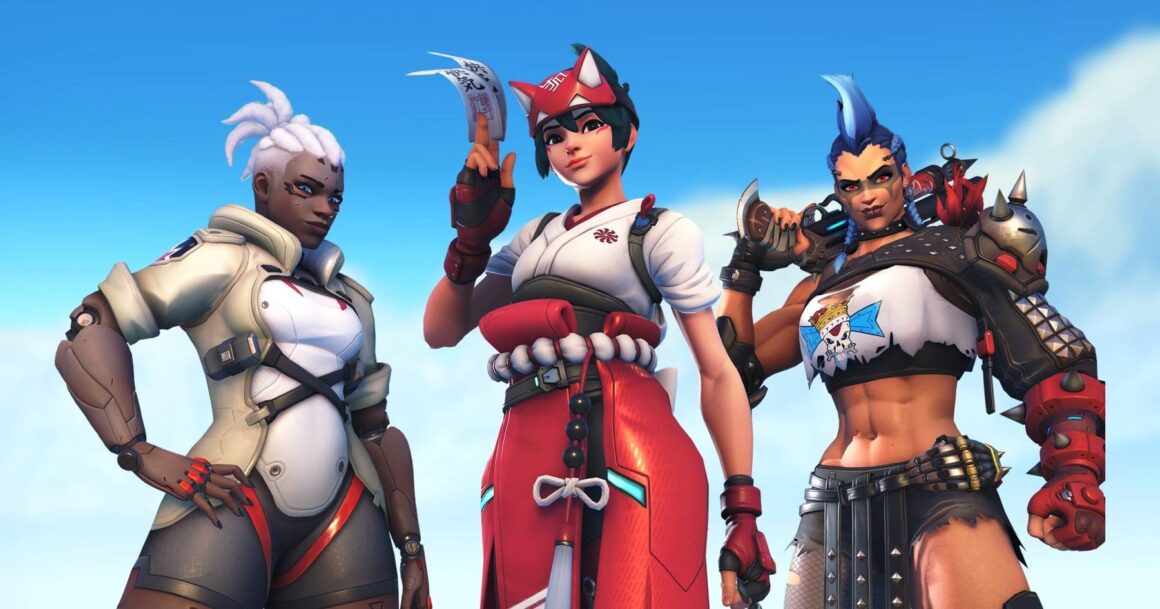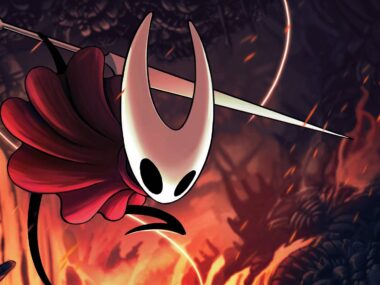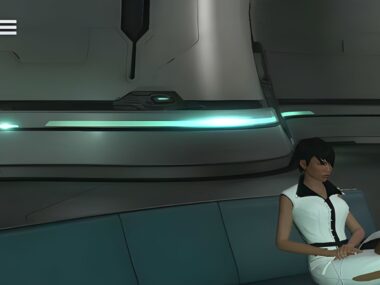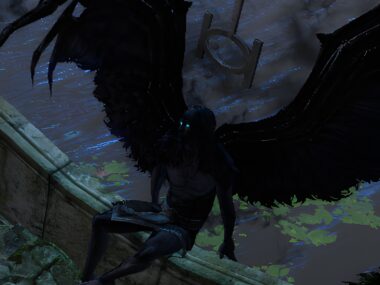When Overwatch first launched, it felt different. Not just because of the gameplay, but because of the heroes themselves. A hamster piloting a mech, a gorilla with glasses quoting science. Monks, omnic robots, older women, and people of every shape, size, and background. These “oddball” heroes weren’t the side show, they were the main event.
Years later, Overwatch 2 is moving away from that philosophy. Led by concept artist Daryl Tan, the design team now favors ‘aspirational’ heroes: conventionally attractive humans with sleek silhouettes. It’s a move that’s reshaping the roster in ways fans can’t ignore.
Why “Aspirational” Sends the Wrong Message
Blizzard wants players to form deeper connections with heroes who look like people they might want to be. The implication is hard to miss, that the hamster, gorilla, or robotic monk aren’t aspirational enough.
That’s insulting to say that “oddball” or unconventional looking heroes aren’t aspirational because they’re not perfect. The whole point is that they’re messy, unusual, even bizarre. Most people don’t fit neatly into society’s idea of what’s “cool” or “attractive.” Seeing a hamster save the world or a gorilla stand for justice resonates precisely because it feels offbeat and relatable.
When Blizzard sidelines those characters, it doesn’t just change the roster. It changes the message that only the conventionally beautiful deserve the spotlight.
The Economics Behind the Shift
It’s no coincidence that “aspirational” heroes also sell more skins. Mercy, Kiriko, and Sojourn are popular, attractive, and frequently get new cosmetics. Meanwhile, characters like Zenyatta or Wrecking Ball are lucky to get updates at all.
Players see what’s happening. Skins have become the blueprint for who matters in the game. That reality makes the new design philosophy feel less like a creative choice and more like a monetization strategy. When originality takes a backseat to marketability, the community notices.
Community Pushback
The backlash has been sharp. Fans worry that if Overwatch launched today, heroes like Winston, Sigma, or Zenyatta would never make the cut. Social media is filled with criticism that Blizzard is sanding down the game’s quirks, turning it into just another trend chasing live-service shooter.
Many players argue the original roster had richer diversity not just in appearance, but in playstyle and storytelling. They fear this new approach will make the game bland and less unique. Oddballs gave Overwatch its soul. Without them, what’s left is just another lineup of action-game archetypes.
What the Future Looks Like
Blizzard insists oddballs aren’t gone forever and they’ll just be “sprinkled in” among the humans. That phrasing says a lot of things. Oddballs are no longer the backbone and the next confirmed hero, Wuyang, follows the new mold: attractive, human, and marketable.
That leaves fans wondering: how long until Overwatch loses the spark that made it special? It stood out because it embraced the weird, the overlooked, and the unexpected. By moving away from oddball heroes, Overwatch 2 risks sending the message that only the beautiful and aspirational are worth rooting for.
Blizzard is ignoring an age old truth: people don’t fall in love with perfection. They fall in love with the oddballs.






